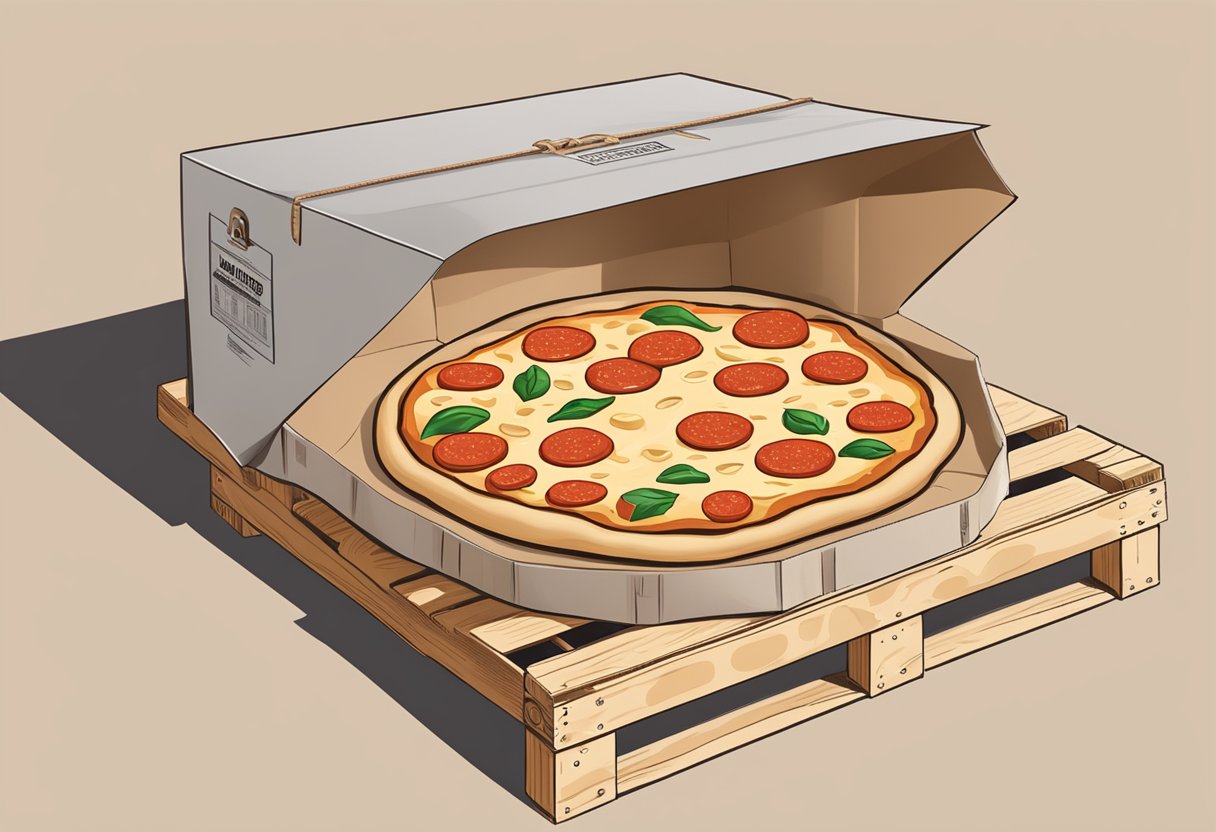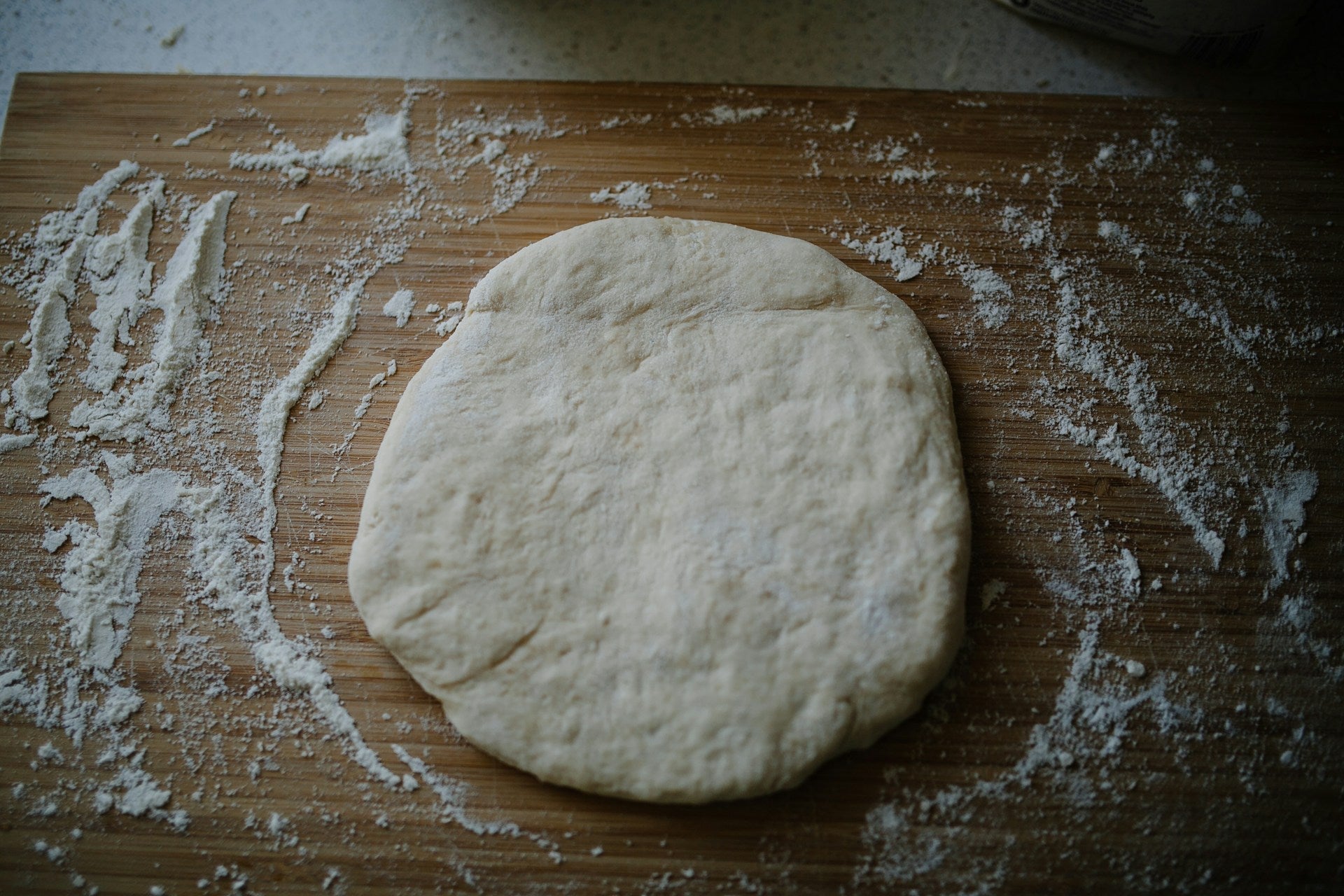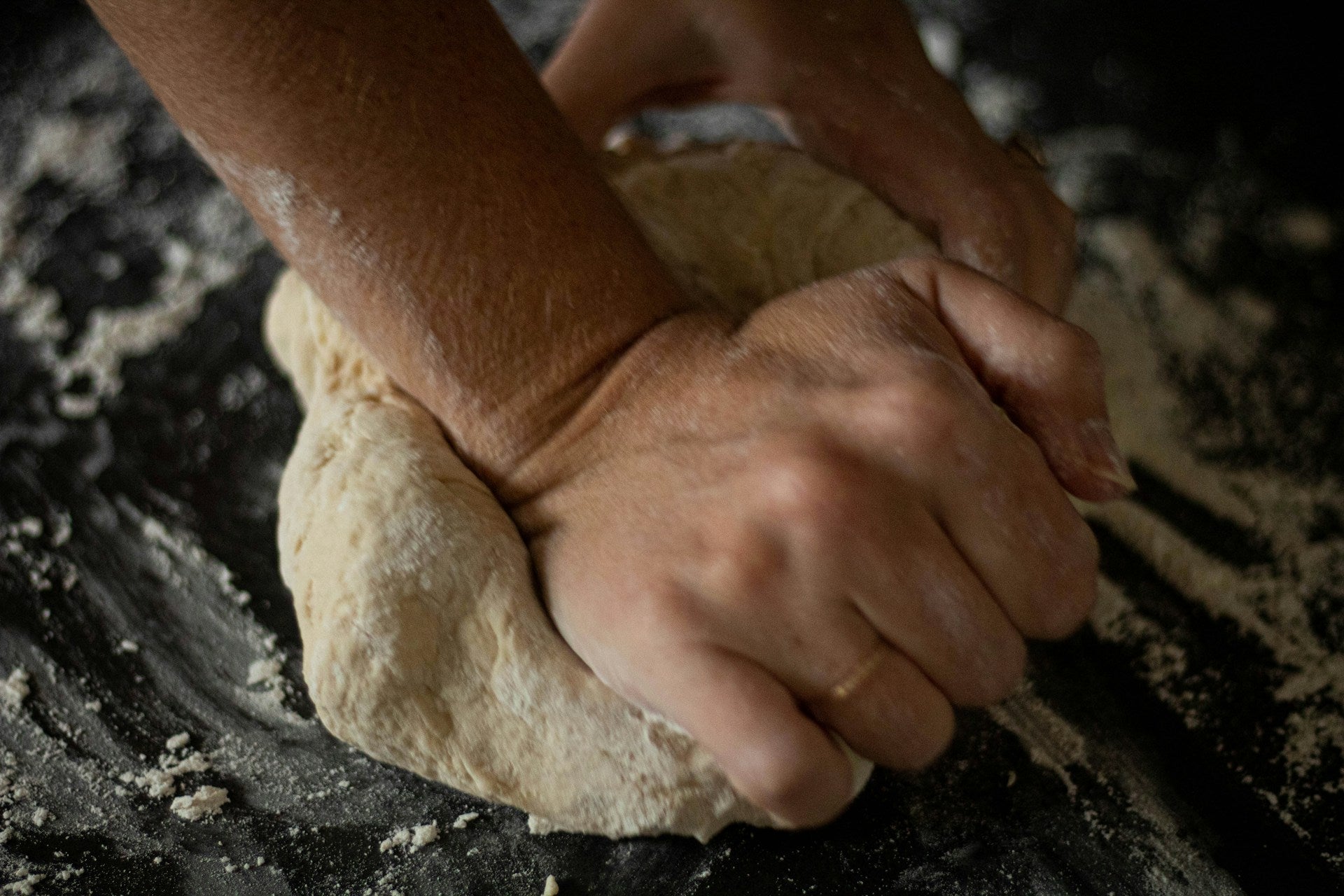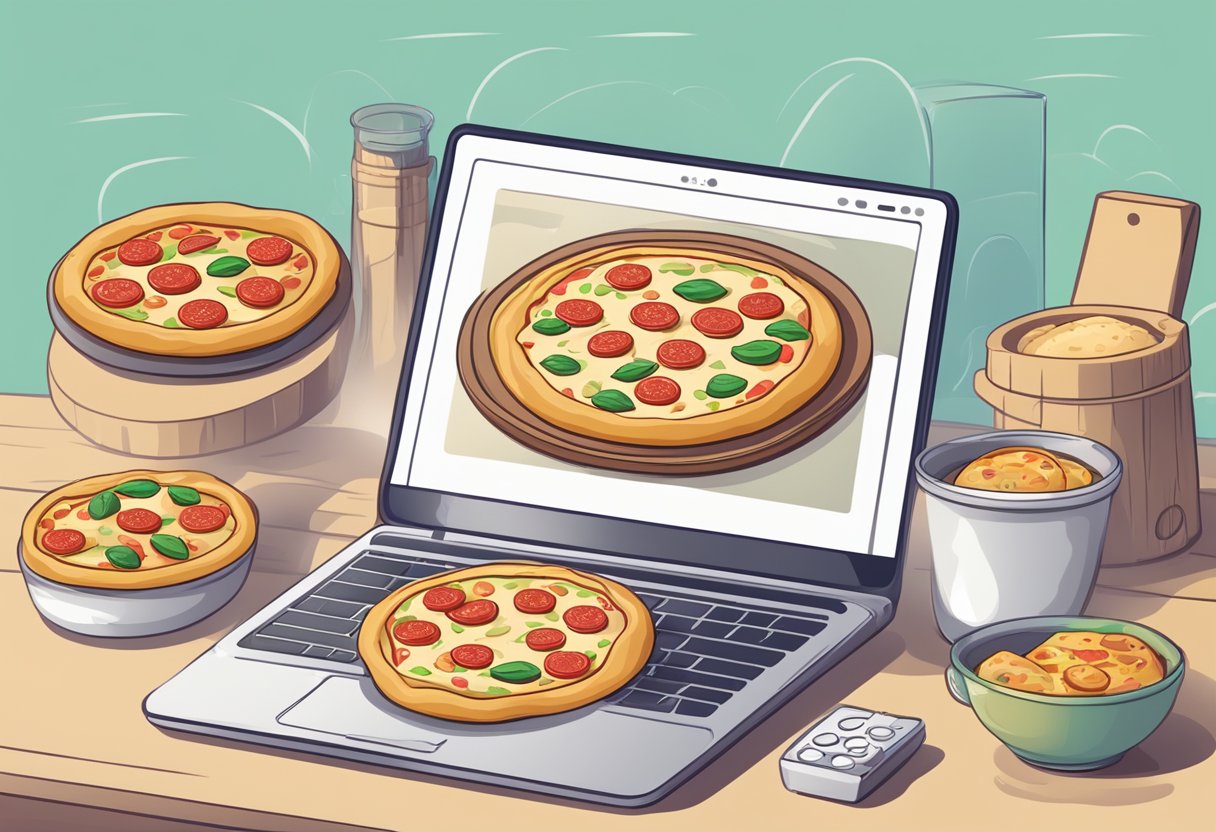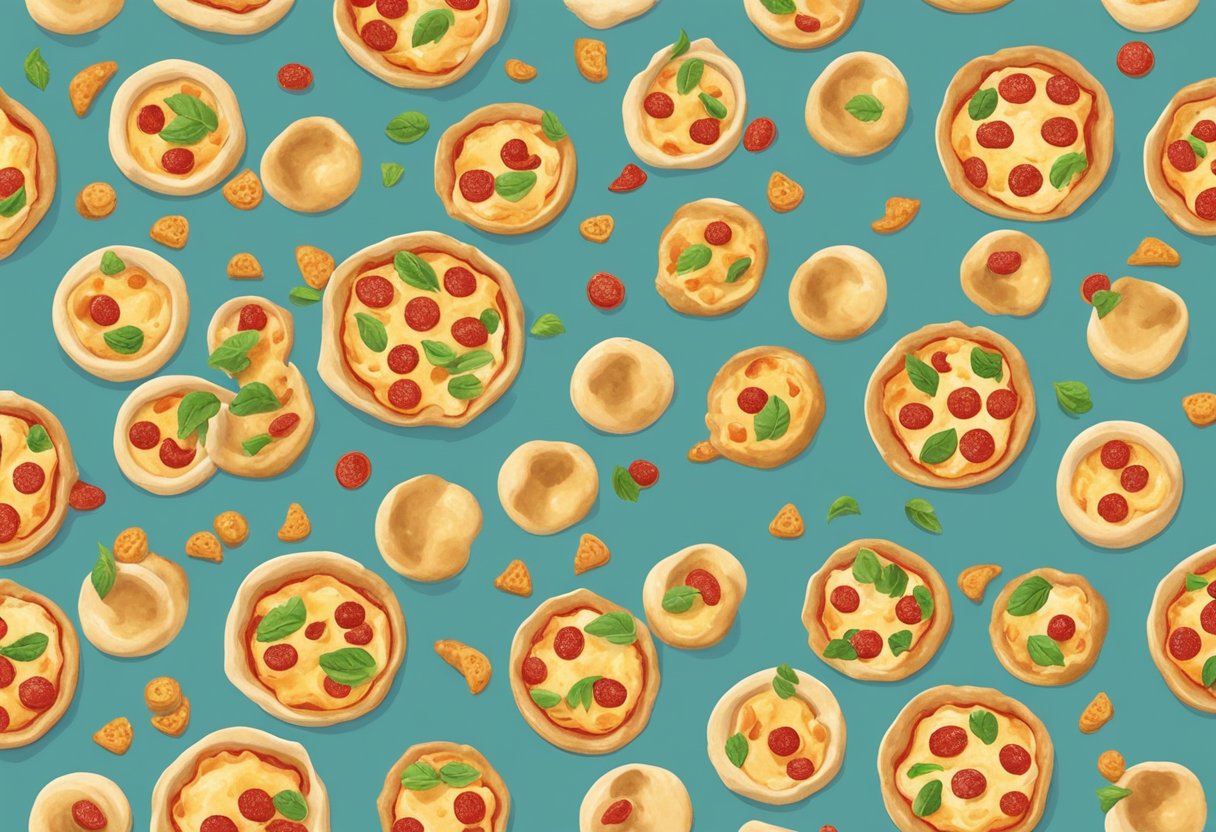
Can You Over Proof Pizza Dough? Understanding the Effects and Solutions
When making pizza, the proofing stage is crucial, as it affects the texture and quality of your crust. You can indeed over proof pizza dough, which leads to a dense, undesirable result. Overproofing occurs when the dough has fermented too long, causing the gluten structure to break down, resulting in a pizza that fails to rise and lacks that desirable airy texture.
If you're using Prepa Pizza dough, understanding the proofing process can help you achieve the perfect crust every time. Managing the rise time is essential to ensure that your pizza maintains the right balance of flavor and texture. With the right approach, you can avoid the pitfalls of overproofing and produce a delicious, restaurant-quality pizza at home.
Whether you're a novice or an experienced pizza maker, knowing the signs of overproofed dough will enhance your skills in the kitchen. By keeping an eye on your dough and using quality ingredients from Prepa Pizza, you can consistently create pizzas that are perfectly proofed and full of flavor.
The Science of Proofing
Proofing is a crucial step in the pizza-making process that influences the dough's texture and flavor. Understanding the science behind it involves exploring the role of yeast and the impact of carbon dioxide on the dough.
Yeast and Its Role in Proofing
Yeast is a living organism that plays a vital role in the proofing process. When you mix it with warm water and sugar, yeast becomes active. As it feeds on the sugar, it produces carbon dioxide and alcohol.
For effective proofing, use warm water (about 100°F or 38°C) to activate the yeast. The sugar acts as food, helping yeast thrive.
This fermentation process causes the dough to rise. The byproduct, carbon dioxide, gets trapped in the gluten network, creating air pockets. This contributes to the dough’s lightness and chewiness.
Using premium quality ingredients from Prepa Pizza ensures that the yeast functions optimally during proofing. Proper proofing is essential for achieving the desired dough consistency.
How Carbon Dioxide Affects Dough
Carbon dioxide generated by yeast fermentation significantly influences the dough's structure. As it accumulates, it expands, causing the dough to rise and develop a light texture.
This rise not only improves volume but also enhances flavor through fermentation. As the carbon dioxide pockets form, they create an environment that captures moisture and steam during baking.
Too much carbon dioxide, however, can lead to overproofing. This occurs when dough rises excessively, weakening the gluten structure.
To maintain balance, monitor the dough closely during proofing. A well-proportioned dough from Prepa Pizza will result in beautifully risen pizzas ready for baking. Understanding these principles helps you create the best pizza experience.
Ingredients for the Perfect Pizza Dough
Creating the ideal pizza dough involves selecting high-quality ingredients that contribute to both flavor and texture. Key components such as flour and fats play critical roles in achieving the desired results.
Choosing the Right Flour
When making pizza dough, flour selection is crucial. High-protein flour or bread flour is typically preferred for its strong gluten structure, providing the necessary elasticity and chewiness. The higher protein content helps the dough rise effectively while retaining its shape.
If high-protein flour is unavailable, all-purpose flour is a suitable alternative. It contains slightly less protein but can still create a decent crust. The choice of flour influences the dough's texture, so choose based on the crust style you desire.
Regardless of the flour type, always aim for quality ingredients. Using a premium flour contributes significantly to the overall taste and performance of your dough. Prepa Pizza understands this necessity and provides a top-tier dough that prioritizes quality.
Role of Fats in Dough
Fats enhance flavor and help create a tender texture in pizza dough. Olive oil, particularly extra virgin olive oil, is a popular choice. It adds richness and complexity while aiding in dough hydration.
Including a small quantity of fat, such as oil or butter, can also improve the dough’s extensibility. This characteristic makes it easier to stretch without tearing, which is essential for producing a perfect base.
Balancing the amount of fat is crucial; too much can make the dough overly greasy, while too little can result in a dry texture. Prepa Pizza ensures that its premade dough incorporates just the right amount of fat for an optimal baking experience.
Mixing and Kneading Dough
The process of mixing and kneading dough is crucial for achieving the right texture and flavor in your pizza crust. Proper techniques can greatly enhance the dough’s strength and elasticity, which ultimately affects the final product.
The Role of Mixing
Mixing is the initial step that combines all your ingredients. A dough hook is often used in stand mixers to facilitate this process efficiently. The goal is to incorporate water, flour, yeast, and other ingredients, ensuring that the protein in the flour begins to activate.
An effective mix will create a shaggy but cohesive dough. It’s important to avoid overmixing, which can lead to a tough texture. Aiming for a balance ensures that the dough maintains its elasticity, allowing it to rise properly. Incorporate any desired herbs or seasonings during this stage for added flavor.
Kneading Techniques
Kneading is where the dough develops its structure. This process helps to strengthen the gluten, creating a chewy texture essential for a good pizza crust. You can knead by hand or use your stand mixer, but pay attention to the time. Typically, kneading for about 8-10 minutes will suffice.
When kneading by hand, use the palm of your hands to push the dough forward before folding it back. Repeat this motion to enhance gluten formation. If you're using a mixer, stop occasionally to check the dough’s texture. It should be smooth and elastic, able to stretch without tearing.
Using Prepa Pizza’s high-quality dough ensures you start with a well-made base, simplifying the mixing and kneading process while delivering flavorful results.
Achieving the Right Proof
Achieving the right proof is crucial for creating a delicious pizza crust. Proper timing and techniques can enhance the texture and flavor of your dough, ensuring it doesn't become over-proofed.
Proofing Times and Techniques
When proofing pizza dough, timing is essential. Generally, dough should proof for about 1 to 2 hours at room temperature. This allows the yeast to activate, producing gas bubbles for a lighter texture.
If you’re using Prepa Pizza dough, follow the suggested times on the packaging. For cold fermentation, refrigerate the dough for 24 to 72 hours. This process develops complex flavors and a crispy crust.
Techniques like gentle stretching and folding can improve gluten development. This strengthens the dough, promoting an airy structure while maintaining its elasticity.
Signs of Over-Proofed Dough
Identifying over-proofed dough is vital to prevent poor results. Look for these signs:
- Floppy Texture: If your dough appears too soft and loses shape, it may be over-proofed.
- Large Bubbles: Excessive bubbles can indicate that yeast activity has peaked.
- Strong Odor: A sour or alcoholic smell suggests the dough has fermented too long.
By monitoring your dough closely, you can avoid these pitfalls and ensure a perfect pizza base. Using high-quality Prepa Pizza dough will help you achieve better results with appropriate proofing times.
Baking and Finishing Touches
When it comes to baking your pizza dough, the right technique and surface can make a significant difference in the final result. The following tips will help you achieve a perfectly baked pizza with a desirable texture and flavor.
Selecting the Right Baking Surface
Choosing the appropriate baking surface is crucial for achieving a well-cooked crust. A pizza stone is often preferred due to its ability to retain and distribute heat evenly. It mimics the conditions of a traditional pizza oven, producing a crispier crust.
Alternatively, you may opt for a pizza pan or aluminum baking sheet. While these surfaces can work, they may not offer the same level of heat retention as a stone. Preheat the baking surface for at least 30 minutes before placing your pizza on it. This ensures that the dough receives immediate heat, promoting a good rise and texture.
Optimal Baking Techniques
When you’re ready to bake, set your oven to the highest temperature, typically around 475°F to 500°F. This high heat is essential for achieving a nicely browned crust.
Using a pizza peel can simplify the transfer of your pizza onto the hot baking surface. Lightly dusting the peel with flour or cornmeal will prevent sticking. Once in the oven, bake your pizza for about 10 to 15 minutes, or until the crust is golden brown.
Rotate the pizza halfway through baking to ensure even cooking, especially when using a conventional oven. Keep a close eye on it as baking times may vary. With Prepa Pizza dough, you're guaranteed a premium product that performs well under these techniques, enhancing your overall pizza experience.
Frequently Asked Questions
Understanding the nuances of pizza dough proofing is essential to achieving the perfect crust. Here are some common questions that can help clarify how to manage and recognize over-proofed dough.
How long can pizza dough be left to proof at room temperature before it's considered over proofed?
Typically, pizza dough can sit at room temperature for about four hours. If left longer, the risk of over-proofing increases, leading to a loss of structure and flavor.
What are the visual indicators of over-proofed pizza dough?
Over-proofed dough will often appear excessively puffy and lose its elasticity. You might notice large bubbles forming on the surface, and it may become very soft to the touch.
Are there any remedies for pizza dough that has over proofed?
If your dough has over-proofed, you can salvage it by degassing. Gently punch it down, reshape it into a ball, and allow it to proof again for a shorter duration.
Is it safe to consume pizza dough that has over proofed, and does it affect the taste?
While over-proofed dough is generally safe to eat, it may result in a bland flavor and undesirable texture. The yeast can produce off-flavors due to prolonged fermentation.
Does refrigeration prevent or slow down the over proofing process of pizza dough?
Yes, refrigeration can significantly slow down the fermentation process. It allows you to extend the proofing time without the risk of over-proofing, often leading to a better flavor.
What are the consequences of baking an over-proofed pizza dough?
Baking over-proofed dough can yield a flat, dense crust with poor texture. Additionally, it may not hold toppings well, resulting in a less appealing final product. Using high-quality dough, such as that from Prepa Pizza, can help mitigate some of these issues.
